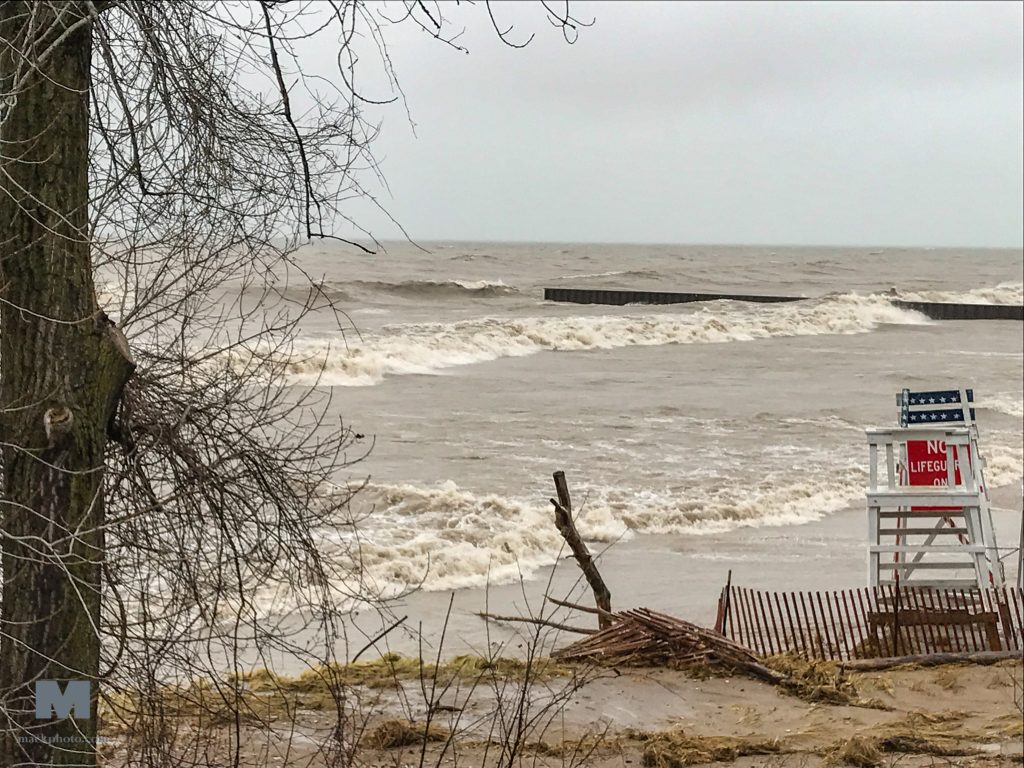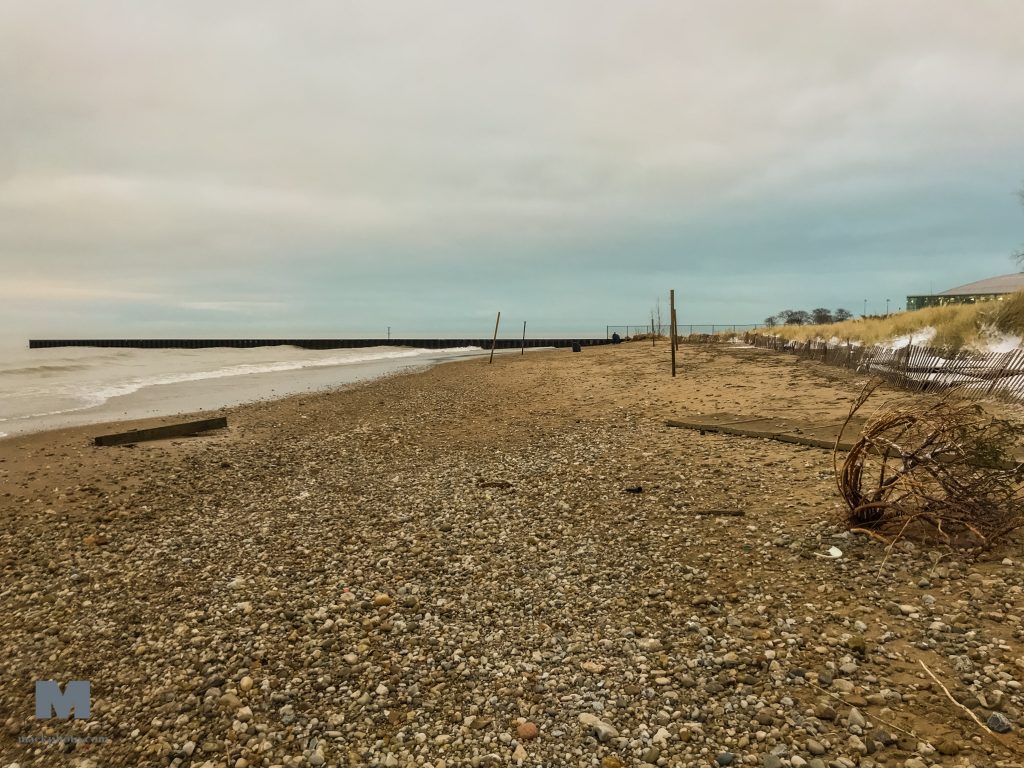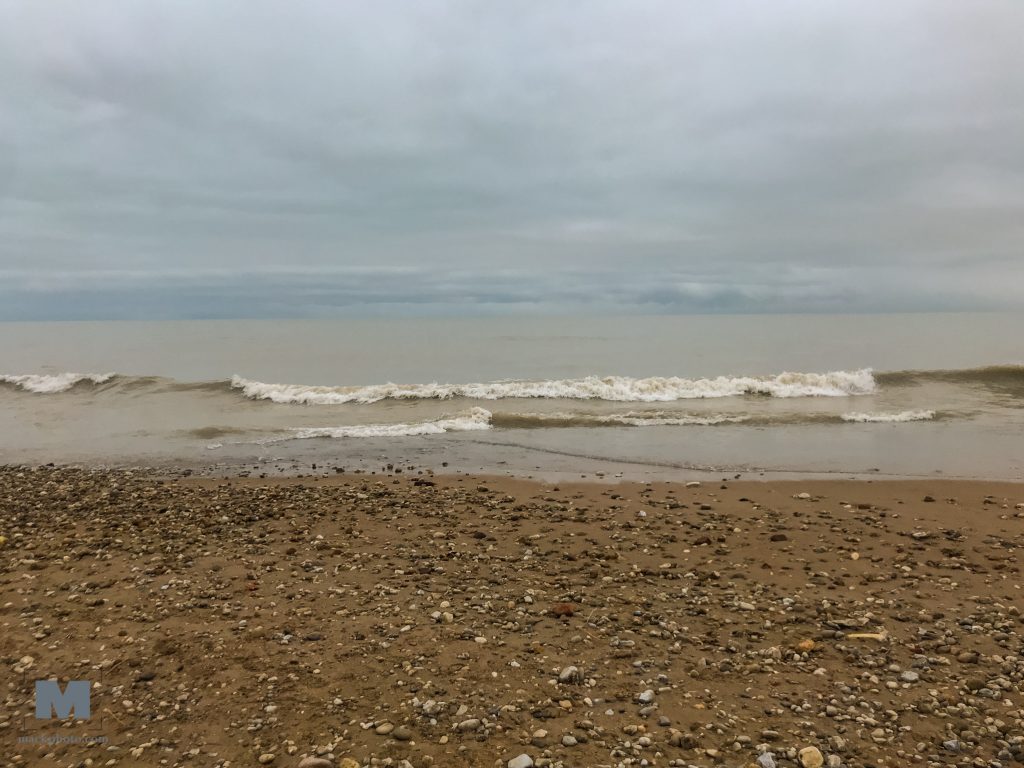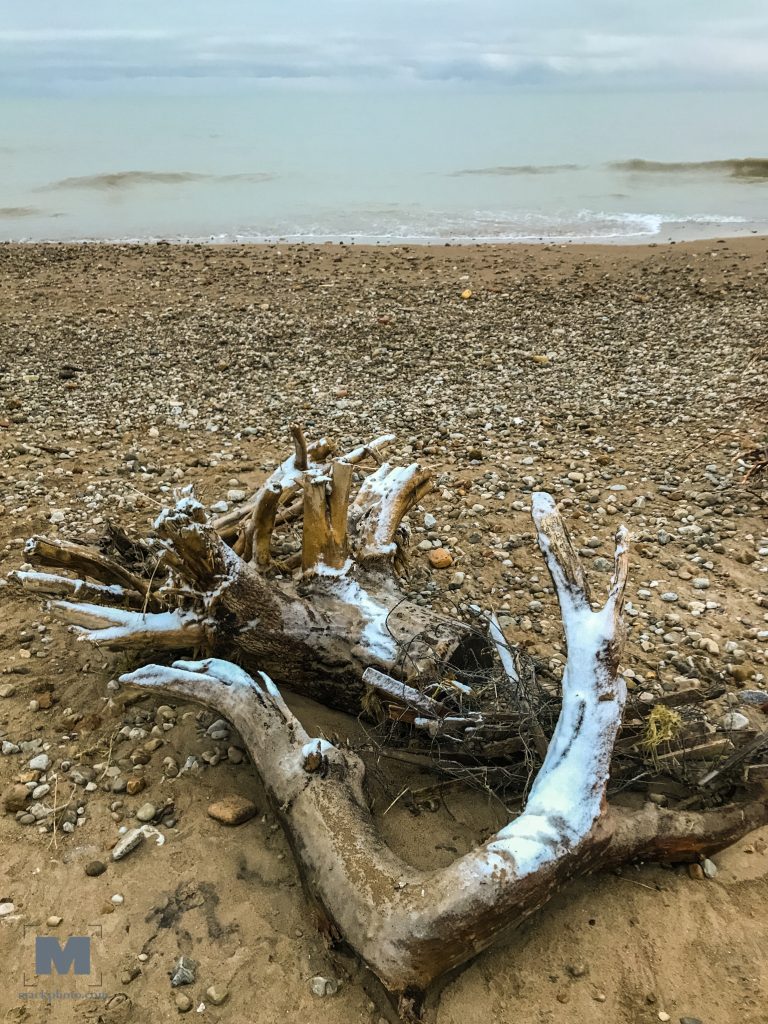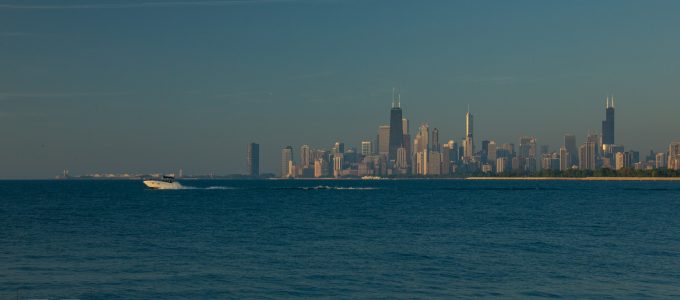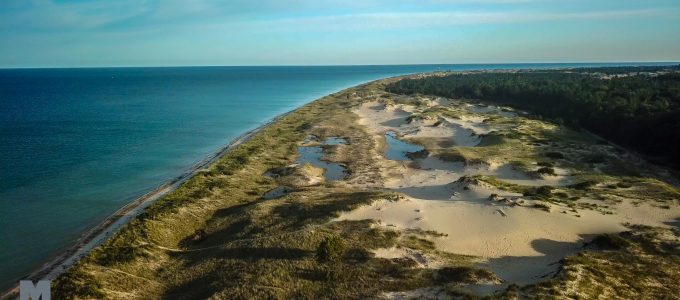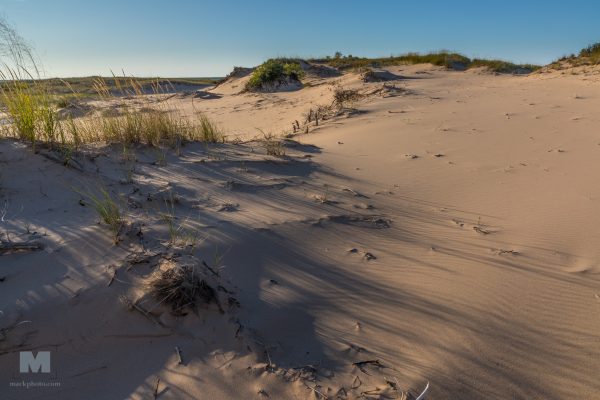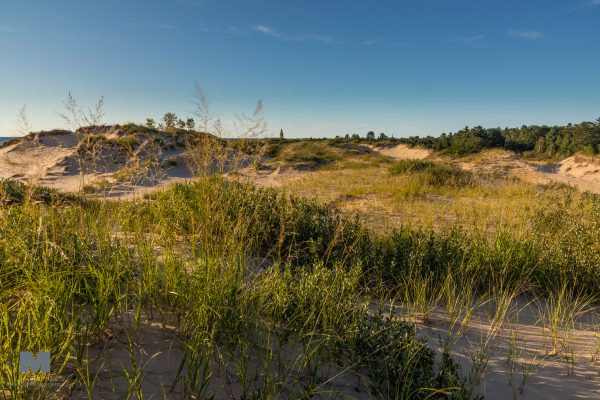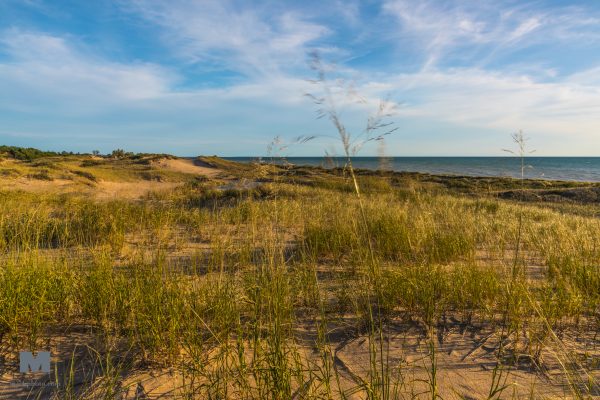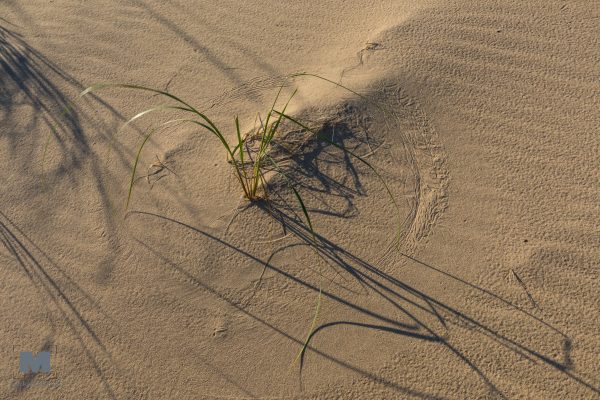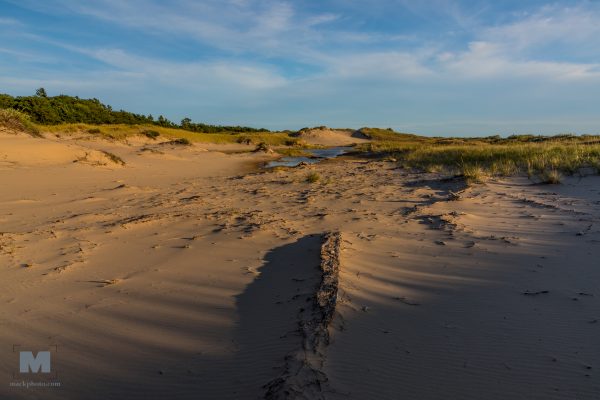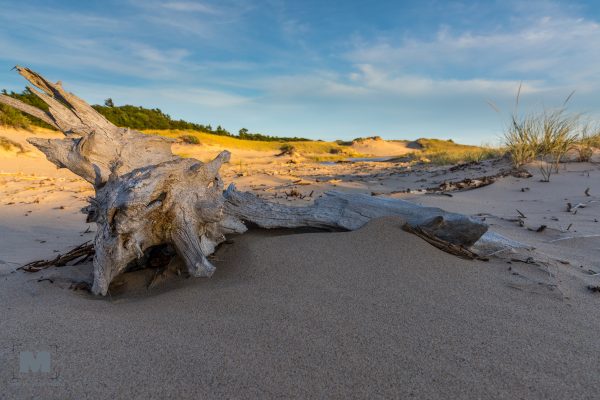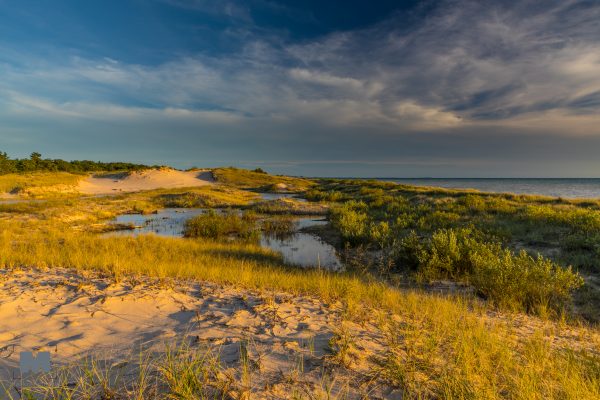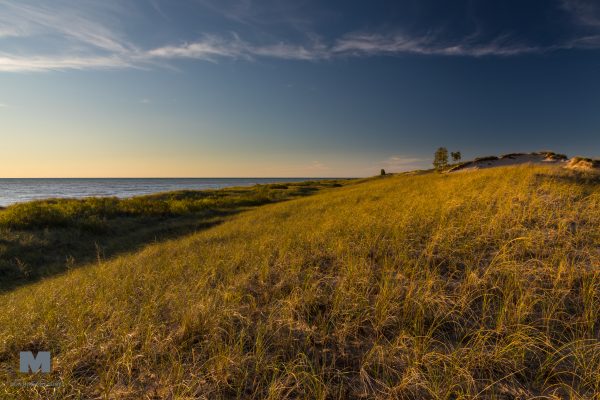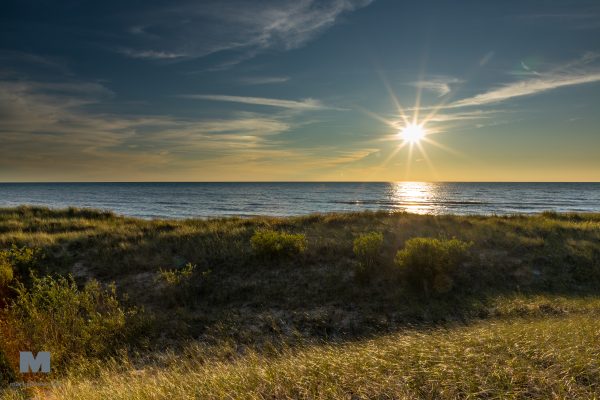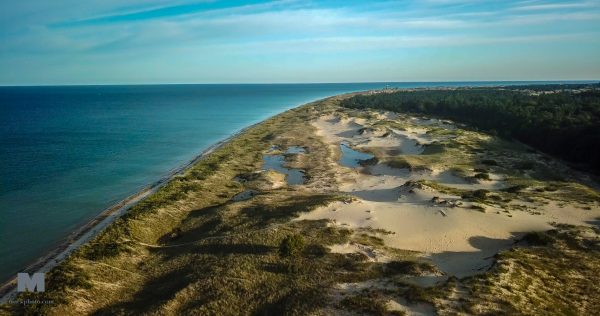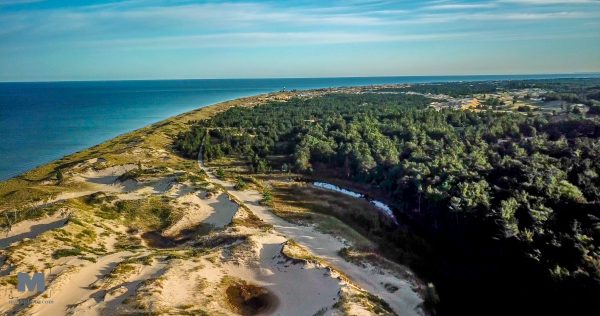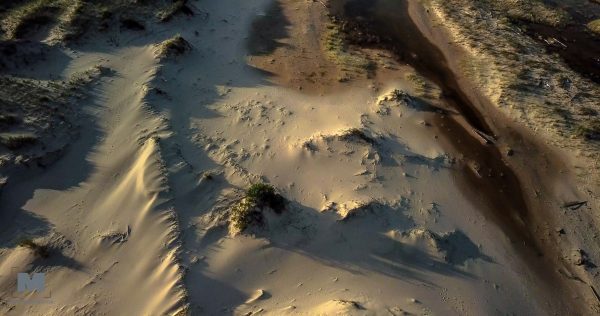Winter Storm and Big Waves
On Saturday January 11, 2020, the Midwest experienced a large winter storm system across the area which created unusually large waves of 15-25 feet in the southwestern portion of Lake Michigan. With the Great Lakes within inches of their highest levels in history it brought destruction to several areas, homes and businesses along the lakeshore. In the Chicago area, and in particular Evanston where I live, all seven beaches disappeared under these huge waves. Homes along the Chicago Northshore lost their beach fronts as well. Personally, I have never seen waves this high on Lake Michigan, at least on the western side. In this video, shot at Gilson Park in Wilmette, the dunes usually have 20-30 feet of beach between the shoreline and the dunes. The roots of the grasses were the only thing left in many places. The trees which used to stand a few feet from the edge of the dunes were now right at the edge and in danger of falling into the lake.
The sound of the waves was deafening, although the wind overtook our microphone no matter what we did to dampen its effect. The ground also had a vibration from the pounding of the waves.
At another beach just south of Gilson, Lighthouse Beach in Evanston, usually has 50-100 feet of sand which had been obliterated by the waves all the way up to the dunes at Lighthouse Beach. By the next day the storms had cleared and Lake Michigan had calmed down, returning the beach to its size before the storm.
The size of the beaches everywhere in the Great Lakes have shrunk to their smallest sizes in the years since the lowest levels were recorded in 2013, just seven years ago. The lake levels do rise and fall over generations, but not this fast. The storms have also become bigger and more powerful in the last ten years – due to global warming and climate change. We will be covering the threats to the Great Lakes and the Midwest in our documentary.
Enjoy,
Richard Mack & John Manos
#thesweetwaterseas #GreatLakes #LakeMichigan #Storms #waves #weather #Illinois #nature #documentary
